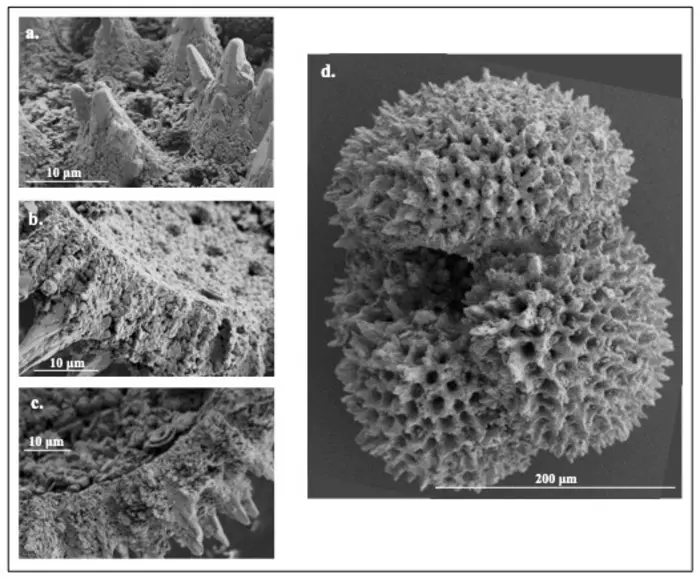Recent research led by geologists at the University of Utah sheds light on how ancient climate change, occurring 50 million years ago, can inform our understanding of today’s rapidly shifting climate.
The study, published in the Proceedings of the National Academy of Sciences (PNAS), explores how Earth’s climate was affected by massive carbon dioxide (CO₂) emissions during the transition between the Paleocene and Eocene epochs, a period marked by significant global warming events.
The focus of the research is on two “thermal maxima” – the Paleocene-Eocene Thermal Maximum (PETM) and Eocene Thermal Maximum 2 (ETM-2) – that occurred approximately 56 and 54 million years ago, respectively.
These events saw dramatic increases in global temperatures due to large-scale CO₂ emissions, providing a potential analog for the current anthropogenic climate change driven by human activities.
“The main reason we are interested in these global carbon release events is because they can provide analogs for future change,” said Dustin Harper, the study’s lead author and a postdoctoral researcher at the University of Utah’s Department of Geology & Geophysics. The study aims to compare ancient CO₂ emissions with today’s levels to forecast potential future scenarios.

To reconstruct past climate conditions, the research team analyzed microscopic fossils called foraminifera, which are shelled, single-cell organisms similar to plankton. These fossils, extracted from undersea drilling cores taken from the Shatsky Rise in the Pacific Ocean, provide a detailed record of ocean chemistry and CO₂ levels at the time they were formed. The team employed a sophisticated statistical model to link sea surface temperatures with atmospheric CO₂ levels over a 6-million-year period.
Their findings reveal a close relationship between rising CO₂ levels and increasing global temperatures, echoing current trends driven by human emissions. Co-author Gabriel Bowen, a professor of geology & geophysics at the University of Utah, emphasized the study’s relevance to understanding climate sensitivity: “What we see in this study is that there’s some variation… but overall, we see a common range of climate sensitivities.”
While today’s carbon emissions are occurring 4 to 10 times faster than during these ancient events, the total amount of carbon released during those periods is similar to the levels projected for current human-induced emissions. This comparison underscores the importance of studying these past events to anticipate the potential long-term impacts of today’s climate change.
“These events might represent a mid- to worst-case scenario kind of case study,” Harper noted, highlighting the potential insights that ancient climate changes can offer for predicting future environmental changes.
***
The study was conducted in collaboration with researchers from Columbia University, University of California Santa Cruz, Vassar College, Utah State University, and University of Hawaii. The research was funded by the National Science Foundation.
Journal Reference:
Dustin T. Harper, Bärbel Hönisch, Gabriel J. Bowen, Richard E. Zeebe, Laura L. Haynes, Donald E. Penman, and James C. Zachos, ‘Long- and short-term coupling of sea surface temperature and atmospheric CO₂ during the late Paleocene and early Eocene’, Proceedings of the National Academy of Sciences (2024). DOI: 10.1073/pnas.2318779121
Article Source:
Press Release/Material by University of Utah
Featured image credit: Alejandro Quintanar | Pexels




